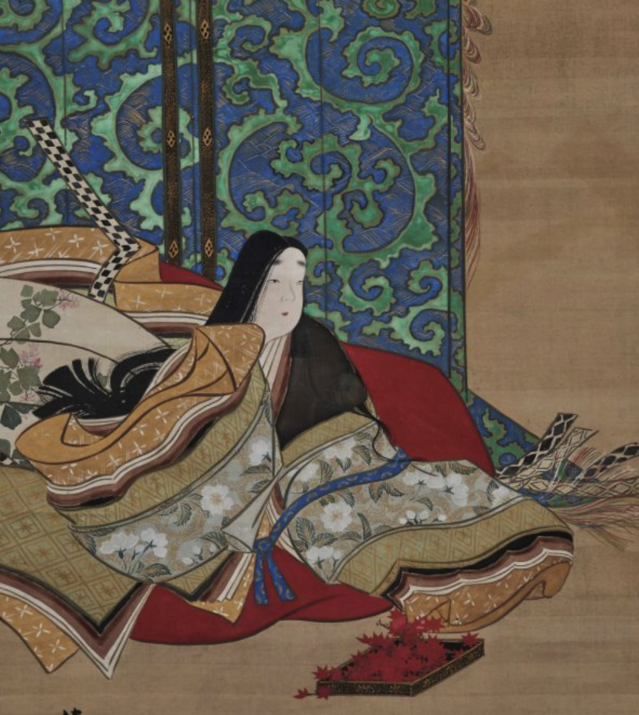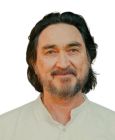Health
Art and Well-Being
Art and music nourish the soul and enhance physical and mental health.
Posted November 23, 2022 Reviewed by Hara Estroff Marano
Key points
- The effective practice of psychology includes the use of therapeutic approaches that are nonverbal, creative, and somatic.
- Our cultural heritages are embedded and sustained in art and music and must be protected and shared.
- Expressive arts therapy can help to increase access to emotional centeredness and creative problem-solving abilities.
- Attending galleries and concerts and viewing films enhance health, satisfaction with life, and lower anxiety and depression.

People are returning to museums and finding the joy that comes from encountering beauty. I recently had the o pportunity to speak at the MOA Museum of Art, spectacularly located on the slopes above the coastal city of Atami, south of Tokyo, about the healing power of the arts.
The museum exhibits an impressive collection of Japanese and East Asian art, including three national treasures and numerous important cultural properties. In addition to the paintings, works of calligraphy, sculptures and other crafts, there is a Japanese style garden with tea houses and a Noh theater.
Speaking from the spectacular stage of the Noh theater, I stressed the vital importance of the humanistic elements in illness and healing. As medicine and psychology become more technological, we need to remember how humans have relied for a long time on art and music to nourish the soul. The effective practice of medicine and psychology requires not only talk therapy but also the use of therapeutic approaches that are nonverbal, creative, and somatic.
Cultures are embedded and sustained in art and music. Stories out of Ukraine reveal the tragic destruction of art treasures. Knowing the vital importance of cultural heritage, Russian military forces are destroying not only the infrastructure of Ukraine but also ruining or stealing thousands of priceless objects from art museums. Disturbing news from Kherson reveals that as Russians retreated, they did not just relocate ammunition and troops, they also loaded 15,000 art pieces from museums into trucks and took them to occupied Crimea. A 75-year-old Kherson resident said she cried all night when she saw soldiers throwing invaluable paintings into trucks without any packaging, as if they were rubbish.
The session in Japan began with a moment of gratitude that we were able to enjoy art in the safe, peaceful sanctuary of the museum. I then explained how arts, music, and literature are integrated into all my psychology classes at Stanford as an integral part of the curriculum I call "heartfulness." This is because creating art, both individually and in community, has profound healing power, as we know from scientific evidence that participating in cultural activities is good for our well-being.
My young college students at Stanford are living in their heads and need to reconnect to their body, mind, and spirit. Engaging in creative arts can help to decrease stress, anxiety, depression, and the effects of trauma. Expressive arts therapies create ways to express and process emotions that may feel beyond words and can help to increase emotional centeredness and creative problem-solving abilities.
We also have evidence now that attending galleries and concerts and viewing films have physical and mental benefits, including increased rates of good health, satisfaction with one’s life, and lower rates of anxiety and depression. Studies suggest that simply experiencing beauty—in nature or in a single flower; in viewing a painting, in listening to music, or in seeing another's smile—may increase feelings of connectedness, compassion, and even critical thinking skills.
The moment of reflecting on heartfulness and art ended with a call to find beauty, every day, in every moment that we can.
References
Matthew Kuan Johnson (2020) Joy: a review of the literature and suggestions for future directions, The Journal of Positive Psychology, 15:1, 5-24, DOI: 10.1080/17439760.2019.1685581


